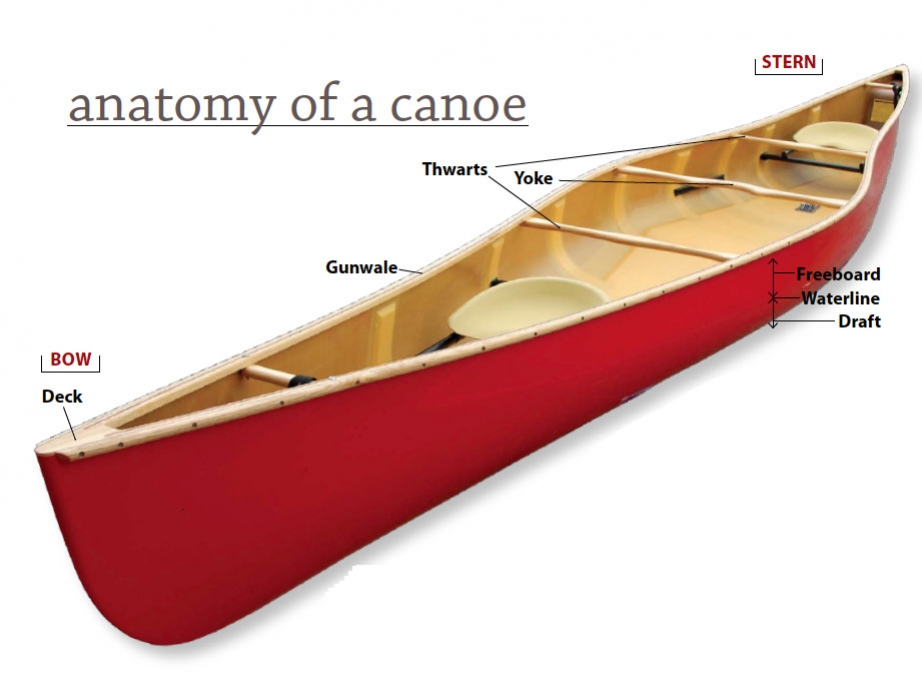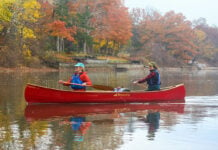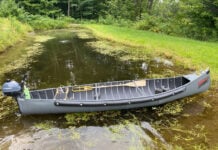Looking for that perfect canoe? To find your match, look at the elements of canoe design—your canoe’s dimensions and hull shape determine how it paddles and whether it’s the right boat for you.
Dimensions of the canoe
Length, width, and depth are rough indicators of a canoe’s speed, stability, capacity and seaworthiness.
Width = Stability
Depth = Capacity and Dryness
Carrying Capacity
The shape of the canoe
A cross-section will illustrate how the shape of the bottom and sides of the canoe will determine its primary and secondary stability and performance characteristics. A canoe with primary stability is initially very stable, however, if leaned too far, it quickly upsets. Canoes with secondary stability offer better performance and stability while on edge, useful for whitewater and rough-water paddling.
Shallow Arch
Designed for all-around performance. Maintains a good balance between primary and secondary stability.
Found in specialized racing designs. Great speed and efficiency but very little primary stability.
Flared hull sides help to deflect water, keeping the canoe dry.
A balance between the paddling efficiency of tumblehome and the dryness of flare.
Sides that curve inward toward the gunwales, allowing closer placement of the paddle to the hull.
The canoe’s hull symmetry
Canoes that have identical bow and sterns ends. This design offers versatility because it can be paddled solo or tandem.
Now that you’ve got the basics, view all canoes in our Paddling Buyer’s Guide and choose the best one for you.
This article first appeared in the 2009 Early Summer issue of Canoeroots and Family Camping magazine.








